Don’t be misled by the erratic price action in NRXS stock. It’s a product of having only 1.21 million shares in the trading float, a favorable number from a trader’s perspective, but one that provides volatility both on the upward and downward slides. Still, on either trajectory, the one thing the share price isn’t telling is that NRXS is significantly more valuable than recent highs and exponentially more than its lows. That speculation is better than warranted; it’s supported by tangible evidence and clinical trial updates showing it’s on the precipice of changing the treatment landscape for specific pediatric conditions.
That expectation, coupled with the fact that NRXS has generated over $9 million in revenues from its revolutionary PENSF IB-Stim technology since 2019, helps pave the path of least resistance for NRXS shares higher. And deservedly so, especially with investors becoming more familiar with the current revenue-generating assets and a pipeline that could allow NRXS approvals to treat several more debilitating indications sooner than later. Not just any but those meeting unmet medical needs. Moreover, NRXS isn’t a wait-and-see biotech.
It’s an on-the-move, late-stage clinical trial company with an FDA-cleared device that can expedite getting clearances to treat additional applications. NRXS’s FDA De Novo clearance is contributing to that likelihood, a significant value driver that establishes a new “device type” along with classification, regulation, necessary controls, and product code. That, in turn, creates a potentially expedited pathway toward earning future treatment approvals by leveraging its device eligibility to serve as a predicate for new medical devices through an expedited 510(k) process.
Treating Pediatric IBS And FAP
Know this: At Monday’s $3.87 share price, investors buy into significant intrinsic value and inherent potential. The company is already cleared to treat Irritable Bowel Syndrome (IBS) and Functional Abdominal Paid (FAP) in pages between the ages of 11-18. Additionally, those that are, and if they have longer-term investment horizons, are reducing an already tiny publicly traded float. It’s apparent there’s appreciation for what’s in play. But what’s also evident is that with only about 47K shares traded daily, investors are susceptible to bumps and bruises to reach the expected highs. And keep in mind that NRXS only became public in August, launching into the NYSE-American market at $6 a share.
Yes, NRXS has given back that opening-day high. But for those who understand the world of IPOs, there are typically many moving parts behind the scenes as those that take companies public often work to mitigate risk and at the same time, continue to get the best value for their clients. Thus, market newbies often get pushed and pulled in opposite directions until the final jockeying for position is reached. For NRXS, that time could be near.
Most certainly, shorting NRXS stock would be playing with trading fire, noting the company’s consistent publishing of data supporting its growth faster than expected and updates from ongoing commercialization of its neuromodulation therapies that address chronic and debilitating conditions in children and adults. It’s no small opportunity. The global medical device market size is already estimated at $500 billion. But by 2030, it’s expected to be an $800 billion market. It’s led at least one analyst covering NRXS to say that it’s a post-IPO value presents an opportunity “too compelling to ignore.”
That Goldman Smallcap Research analyst supports his bullish description by modeling for NRXS share to reach $14 in the next six to twelve months. He forecasts the company’s potential to revolutionize pediatric FAP and IBS treatments through non-invasive, drug-free therapies. He also points to NRXS’s first-mover position that has helped them secure reimbursement coverage from at least four major carriers. Additionally, revenues earned are expected to be met with gross margins historically in the 88% range. That allows dollars to fall faster to the bottom line to create cash flow positive status or even near-term EPS.
Reasons For NeurAxis And Investors To Be Bullish
Plenty supports the most bullish case. In addition to NRXS first mover advantage that has positioned them to revolutionize treatment methods for children and adults who suffer from chronic and debilitating conditions, the company has a robust IP portfolio, over 700 patient reports, and several publications supporting NRXS technology as a best-in-class treatment option. That combination may still be under the radar to many, considering the company only became public a month ago. However, good news tends to spread quickly. For NRXS and its investors, it could lead to significant revenue growth and substantial share price appreciation, respectively.
Some of the good news is related to NRXS’s ability to change the treatment landscape for pediatric IBS and FAP by eliminating the use of off-label prescription drugs whose side effects are often worse than the condition itself. It’s also a non-surgical, non-invasive, and easy-to-use treatment allowing outpatient treatment. That led the analyst at GMCR to forecast NRXS revenues to reach $22 million by 2025, over 144% higher than the combined revenues since 2019. Those numbers could prove conservative, noting that the company’s Percutaneous Electrical Nerve Field Stimulation (PENFS) IB-Stim treatment is being called a game-changer that could earn its device front-line designation, making it the standard of care to a massive market.
Additional designations could follow. NRXS is advancing its prospective, randomized, double-blind study for post-concussion syndrome at Children’s Hospital of Orange County. While a single study location now, NRXS recently noted that additional site(s) could be added to strengthen the research data and expedite NRXS targeting a $1.9 billion market opportunity from the estimated 400,000 patients diagnosed annually.
By the way, NRXS’s better way to treat could disrupt neuromodulation treatment studies at Abbot NYSE: ABT), Medtronic (NYSE: MDT), and Boston Scientific Corp. (NYSE: BSX). Each of those has devoted resources to explore the field. Moreover, they have exponentially higher market caps than NRXS. Indeed, they have other assets to factor in. Still, neuromodulation potentials are given extraordinary inherent multiples, which could and should lead to NRXS earning its share of the segment optimism.
The NeurAxis Differences Are Advantages
They have earned that respect. A higher stock price and market cap are deserved by NRXS differences that are advantages. Foremost are those inherent to its PENFS IB-Stim technology, with the company dedicated to advancing the treatment currently intended to be used in patients 11-18 years of age with functional abdominal pain (FAP) associated with irritable bowel syndrome (IBS). IB-Stim is intended for 120 hours per week up to 3 consecutive weeks. It targets earning therapeutic value from triggering branches of Cranial Nerves V, VII, IX, and X and the occipital nerves identified by transillumination to aid in reducing pain when combined with other therapies for IBS.
The value driver for NRXS is that IB-Stim is already FDA-cleared for functional abdominal pain associated with irritable bowel syndrome (IBS) in adolescents ages 11-18. NRXS has generated over $9 million in revenue since 2018 following the commercial launch. Six of that eight million has been earned after 2021, with revenue trajectory steepening from continued provider adoption supported by a significant and growing body of positive clinical data and large health insurance company payor support. The increasing trend of adoption of IB-Stim is expected to continue from patients gravitating towards non-drug related therapies, especially for children, fueling the device use.
That’s understandable. This is the first non-drug alternative to reducing functional abdominal pain in patients with IBS. IBS, also known as spastic colon, colitis, nervous colon, and spastic bowel, is the most common cause of recurrent abdominal pain in children, with an estimated 10% to 15% of children living with IBS at some point. It’s better than drug-free. NRXS’s IB-Stim is a non-surgical device that sends gentle electrical impulses into cranial nerve bundles behind the ear. This stimulation targets brain areas involved in processing pain and aids in reducing functional abdominal pain associated with IBS. Other indications are in the NRXS crosshairs.
IB-Stim To Treat Pediatric Post-Concussion Syndrome
IBS and FAP aren’t the only large markets targeted. NRXS is nearing an expected approval to treat pediatric post-concussion syndrome. Discussing the research and the data provided from studying effectiveness against that indication, Brian Carrico, President, and Chief Executive Officer of NRXS, said, “We are thrilled to support this research because if the data is positive and the FDA gives clearance, this would be a groundbreaking therapeutic option for post-concussion syndrome. According to literature, the majority of concussions occur in children, mainly due to sports and unstructured play with or without helmets. While symptoms generally resolve in a few weeks, others persist, including ongoing headaches, nausea, and dizziness, as well as mood and behavioral disorders. Medications are primarily used for off-label in the treatment, despite the lack of evidence to support efficacy or safety.”
He added, “We support the ongoing pediatric post-concussion clinical research and it reinforces our commitment to evidence-based research to drive adoption for our PENFS™ technology, a minimally invasive device alternative, to meet the needs of this $2 billion market. We look forward to working with the FDA to continue expanding pediatric indications on our PENFS™ technology, currently FDA-cleared for functional abdominal pain with IBS in adolescents, to also potentially include post-concussion syndrome in children.” Most importantly, that mission is in progress.
NRXS is currently enrolling up to 100 patients, setting the clinical trial’s primary endpoint as improvements in validated measures, including the Immediate Post-Concussion Assessment, Post-Concussion Symptom Scale, and Balance Error Scoring Symptom compared to placebo. The trial is being conducted at Children’s Hospital of Orange County, CA. Noted earlier, additional sites are expected to join the study, potentially expediting the trial toward meeting endpoints and exposing NRXS to a new billion-dollar market opportunity.
A Value Proposition Worth Seizing
Combining the sum of its parts, including revenue growth and game-changing treatment technology, NRXS at current levels presents a valuation disconnect worthy of investment consideration. In fact, at its price on Monday, the share price may be exposing a post-IPO value too good to ignore. Keep in mind that Goldman Small Cap Research thinks so. His analysis supports and justifies his six-to twelve-month price target, which is 288% higher than its current. That forecast is made with NRXS poised to revolutionize treatment strategies for children and adults who suffer from chronic and debilitating conditions.
In addition, value accrues from a first-mover advantage, a robust IP portfolio, and an enviable position to target a total addressable market of $30B with an FDA-cleared product that serves a significant need in badly underserved markets. That supports more than a price higher than its $6 IPO; the accretive value of assets and rising market share supports a share price exponentially higher, with that sentiment supported by top-line growth, expected series of new insurance companies payer coverages, and the near term potential for additional FDA-cleared indications to serve. All told, NRXS, with compelling assets and leadership, has created more than a recipe for success; it’s exposed an excellent ingredient for adding to a growth stock portfolio.
Disclaimers: Hawk Point Media Group, Llc. is responsible for the production and distribution of this content. Hawk Point Media Group, Llc. is not operated by a licensed broker, a dealer, or a registered investment adviser. It should be expressly understood that under no circumstances does any information published herein represent a recommendation to buy or sell a security. Our reports/releases are a commercial advertisement and are for general information purposes ONLY. We are engaged in the business of marketing and advertising companies for monetary compensation. Never invest in any stock featured on our site or emails unless you can afford to lose your entire investment. The information made available by Hawk Point Media Group, Llc. is not intended to be, nor does it constitute, investment advice or recommendations. The contributors may buy and sell securities before and after any particular article, report and publication. In no event shall Hawk Point Media Group, Llc. be liable to any member, guest or third party for any damages of any kind arising out of the use of any content or other material published or made available by Hawk Point Media Group, Llc., including, without limitation, any investment losses, lost profits, lost opportunity, special, incidental, indirect, consequential or punitive damages. Past performance is a poor indicator of future performance. The information in this video, article, and in its related newsletters, is not intended to be, nor does it constitute, investment advice or recommendations. Hawk Point Media Group, Llc. strongly urges you conduct a complete and independent investigation of the respective companies and consideration of all pertinent risks. Readers are advised to review SEC periodic reports: Forms 10-Q, 10K, Form 8-K, insider reports, Forms 3, 4, 5 Schedule 13D. For some content, Hawk Point Media Group, Llc., its authors, contributors, or its agents, may be compensated for preparing research, video graphics, and editorial content. HPM, LLC has been compensated ten-thousand-dollars by One-Eyed Jacks, LLC. to provide research, produce graphics content, and provide editorial production and syndication for NeurAxis, Inc. Thus, readers of this content should note that NeurAxis, Inc. is portrayed favorably. As part of that content, readers, subscribers, and website viewers, are expected to read the full disclaimers and financial disclosures statement that are attached to this content. The Private Securities Litigation Reform Act of 1995 provides investors a safe harbor in regard to forward-looking statements. Any statements that express or involve discussions with respect to predictions, expectations, beliefs, plans, projections, objectives, goals, assumptions or future events or performance are not statements of historical fact may be forward looking statements. Forward looking statements are based on expectations, estimates, and projections at the time the statements are made that involve a number of risks and uncertainties which could cause actual results or events to differ materially from those presently anticipated. Forward looking statements in this action may be identified through use of words such as projects, foresee, expects, will, anticipates, estimates, believes, understands, or that by statements indicating certain actions & quote; may, could, or might occur. Understand there is no guarantee past performance will be indicative of future results. Investing in micro-cap and growth securities is highly speculative and carries an extremely high degree of risk. It is possible that an investors investment may be lost or impaired due to the speculative nature of the companies profiled.
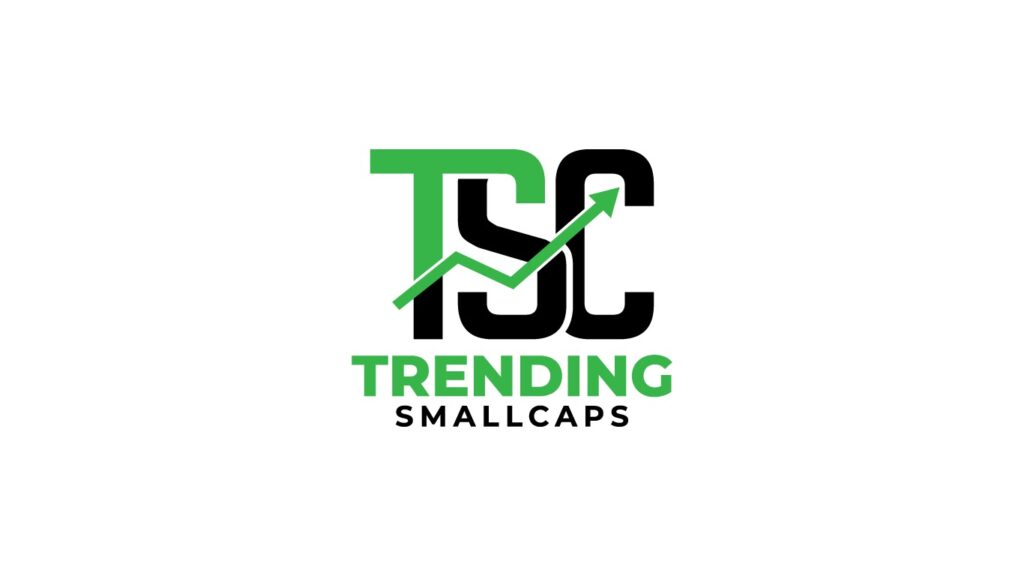
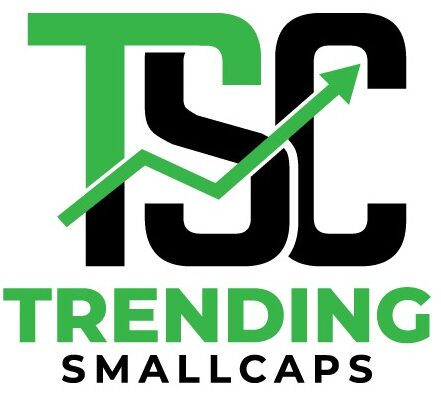
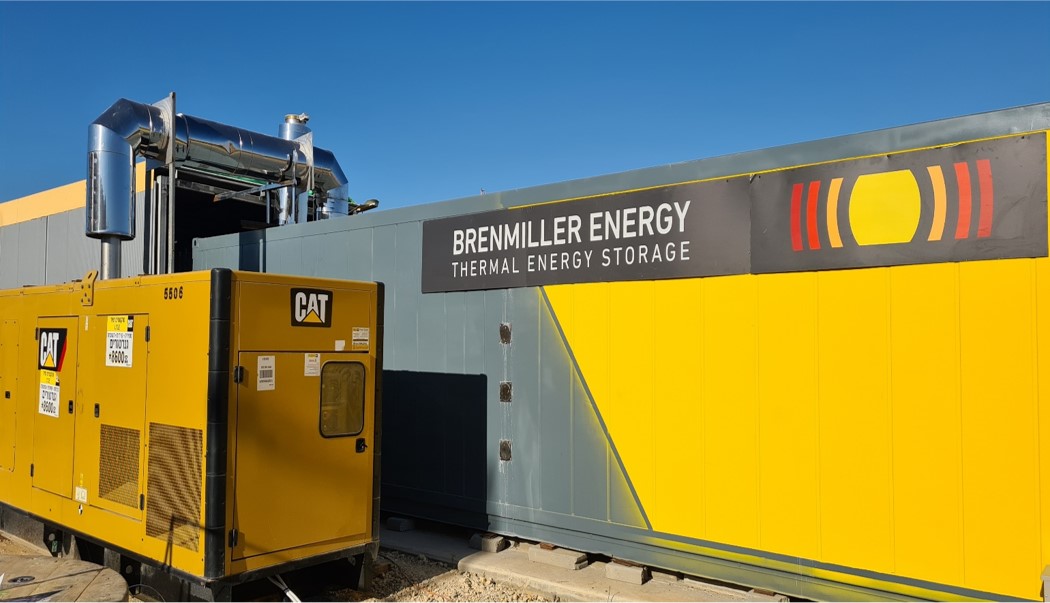

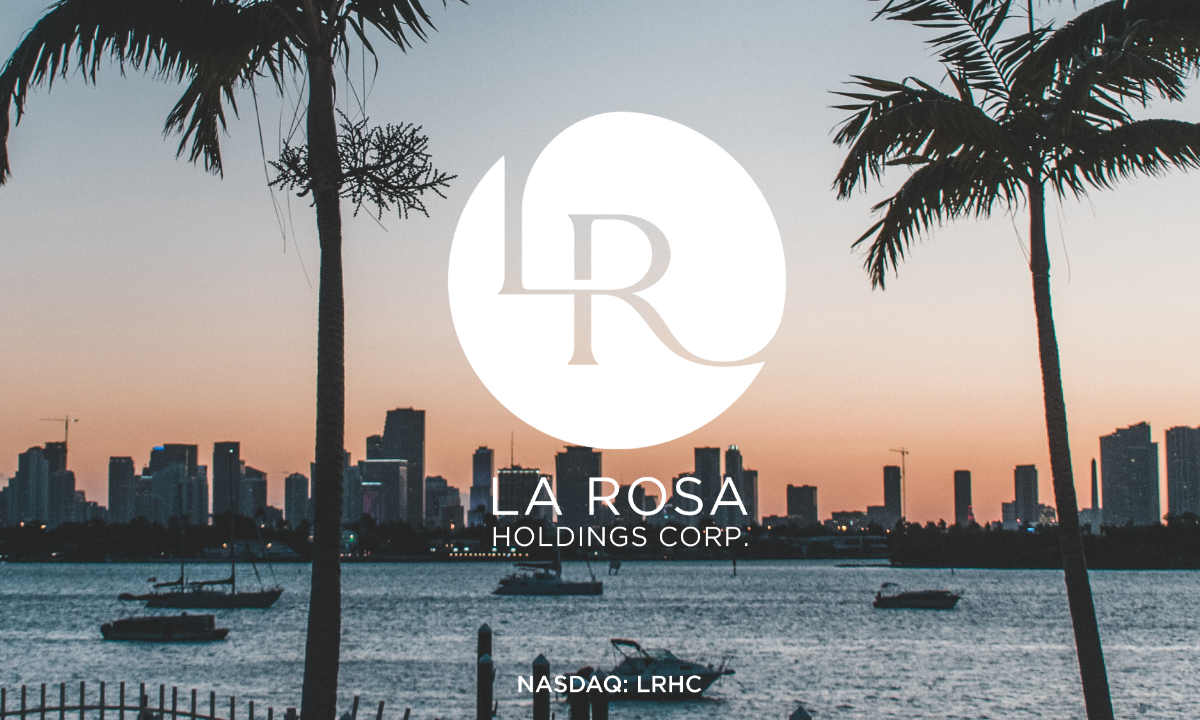
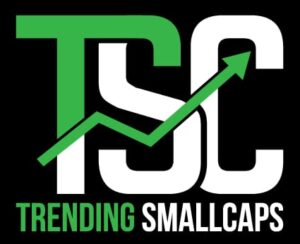 Trendingsmallcaps.com, a leading financial news informational web portal designed to provide the latest trends in Market News, Investing News, in-depth broadcasts on Stock News, Market Analysis and Company Interviews.
Trendingsmallcaps.com, a leading financial news informational web portal designed to provide the latest trends in Market News, Investing News, in-depth broadcasts on Stock News, Market Analysis and Company Interviews.